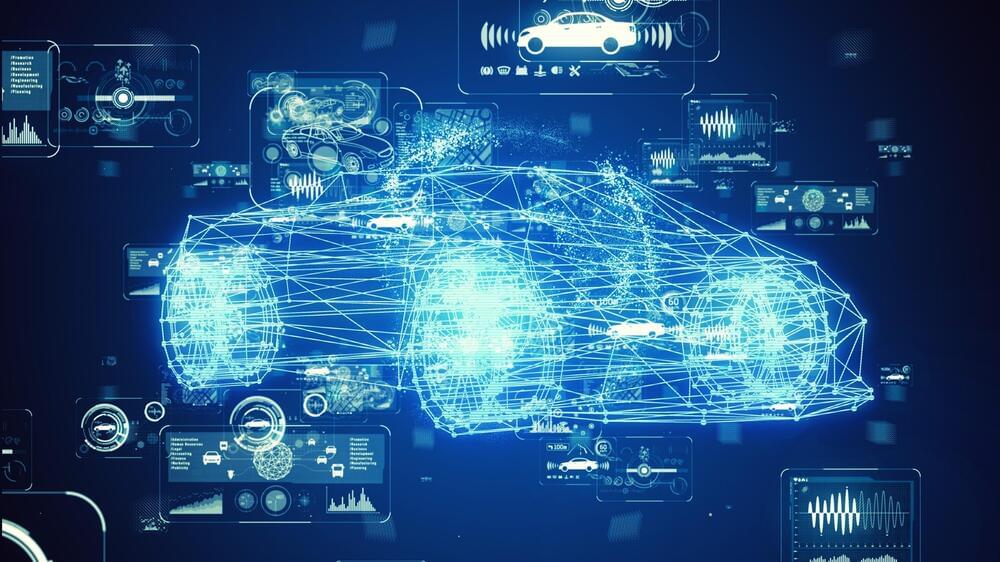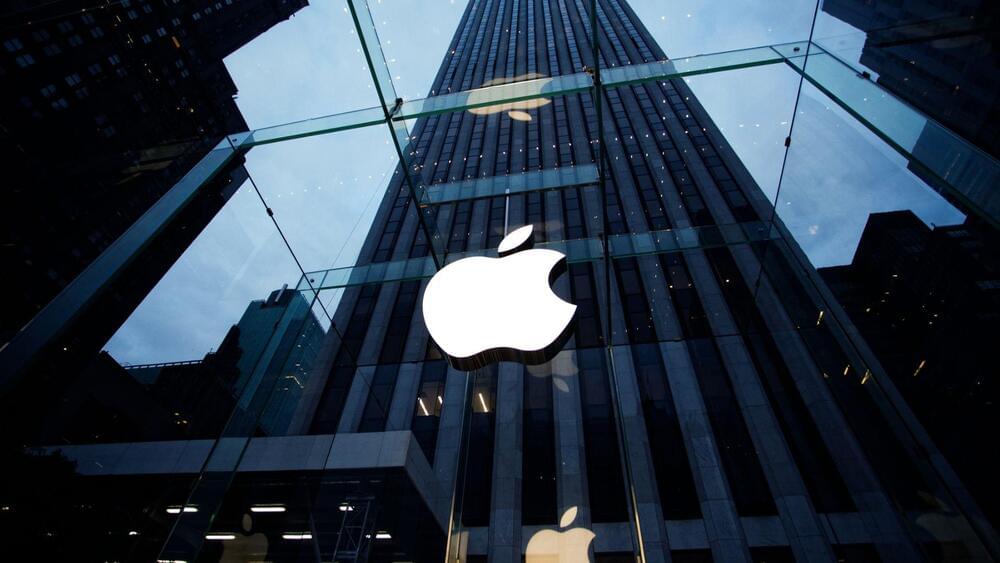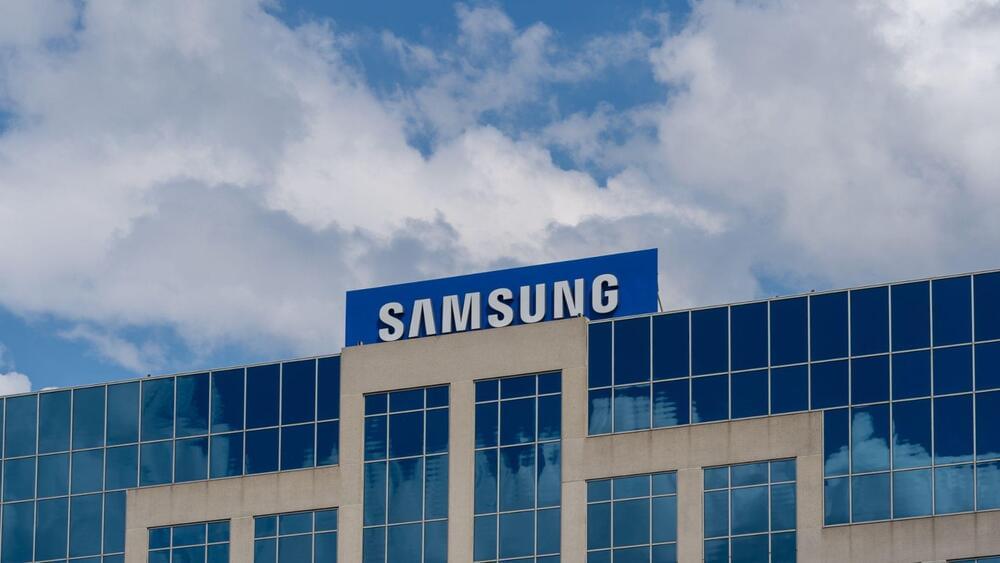Have you ever thought about what happens when digital AI systems are put into a physical context?
He’s an Associate Professor of Aeronautics and Astronautics and the Director of the Laboratory for Information and Decision Systems (LIDS).


Photoroom announced Tuesday that it has raised $43 million in Series B funding at a valuation of $500 million. London-based early-stage venture firm Balderton Capital and Aglaé Ventures, an investment firm backed by LVMH CEO Bernard Arnault and his family, led the round, with participation from Y Combinator. The new round brings the Photoroom’s total funding to $64 million. With more than 150 million app downloads and a subscription-based business model, the Paris-based startup has crossed $50 million in annual recurring revenue, according to Rouif.
Photoroom has also garnered the attention of brands like Netflix, Lionsgate and Warner Bros, who have used the startup’s API to promote films and shows including Barbie and Black Mirror. In October 2023, Photoroom partnered with Universal Music Group-owned record label, Republic Records, to create a custom selfie generator of Taylor Swift’s album 1989 that millions of fans used to create an album cover with their own faces.
Photoroom first gained traction in 2020, the same year it was accepted into Y Combinator. During the pandemic, entrepreneurs rushed to produce online catalogs of their products and without access to photographers and professional photo studios, they turned to photo editing tools like Photoroom. Before generative AI tools became mainstream, the startup’s most popular tools were a background remover tool, a tool called “magic retouch,” which removed unwanted objects from a photo as well as a feature that could blur backgrounds in two seconds. When more advanced AI tools became available in 2023, the startup expanded its offerings to include fully AI-generated backgrounds, where users could create background visuals from scratch through text prompts — now Photoroom’s most commonly used feature.

It’s the problem that everyone with a passing knowledge of generative artificial intelligence (Gen AI) worries about: how to stop the technology going rogue and delivering bogus results.
Enkrypt AI has developed a software solution that sits between large language models and users, aiming to detect bad behaviours from either side.


The move also comes when Apple faces stiff competition from other tech giants in the electric vehicle space, such as Xiaomi and Sony.
Apple has reportedly finally given up on its long-running and secretive electric car project.
The project was dubbed Project Titan. According to a report by Bloomberg, the tech giant reportedly broke the news to its employees on Tuesday. The report said that many of the 2,000-strong car team will be reassigned to other areas, such as generative AI.
The decision to scrap the electric car project is a surprise, given that Apple has been on it for years. Reportedly it has even tested its autonomous driving technology on public roads.


The Microsoft-Mistral agreement draws the scrutiny of the European Commission.
Microsoft has inked a multi-year partnership with French startup Mistral AI to make its artificial intelligence (AI) models, like ‘Le Chat,’ available through the Azure cloud computing platform.
Essentially, Microsoft’s investment will be used to purchase equity in Mistral. The valuation of Mistral AI remains the same even after Microsoft’s investment.
This move comes amidst regulatory scrutiny faced by Microsoft in Europe and the US over its significant investment in OpenAI.
And the ink hadn’t even dried on the agreement signed by Microsoft and Mistral AI when it attracted the scrutiny of the European Commission.


